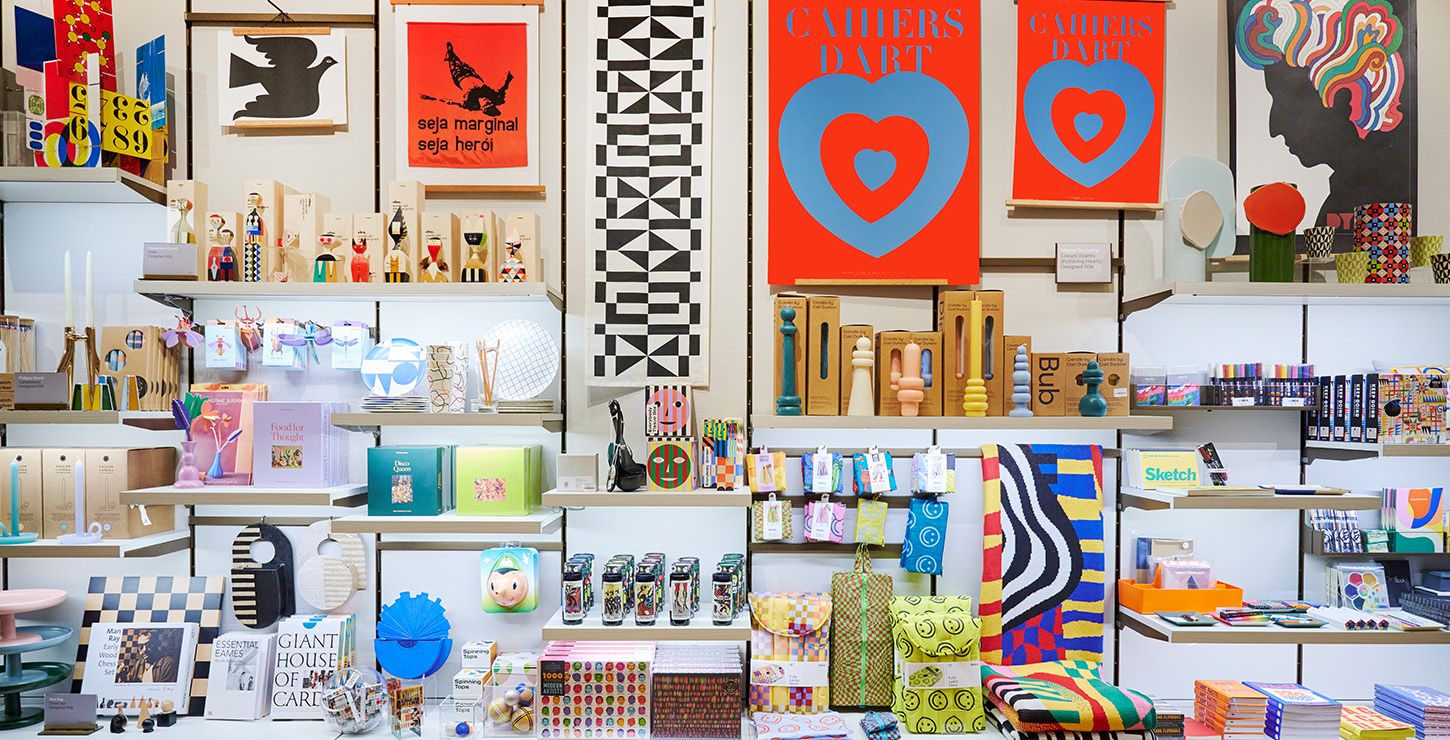American Gallery Store
1st Floor, near West Entrance
Shop gifts and decor inspired by our American art galleries, including designs and craft from over 30 local artisans. Browse books, prints, stationery and more.
Design Store
1st Floor, near West Entrance
For lovers of modern design. Explore modern finds from local Philly makers, and browse a selection of books, a curated children’s section, and iconic gifts and decor from well-known designers such as Anni Albers, Milton Glaser, and Charles and Ray Eames.
Rodin Store
2151 Benjamin Franklin Parkway, Philadelphia, PA 19130
Down the parkway from the Main Building, discover art reproductions, books, prints, gifts, and more celebrating the work of Auguste Rodin. Shop exclusive designs which can only be found in our Rodin Museum and Paris’ Musee Rodin, plus explore Rodin-inspired creations by our Philly makers.
Customer Service
Reach us during regular business hours by calling 215-684-7375. Or email us at store@philamuseum.org.

